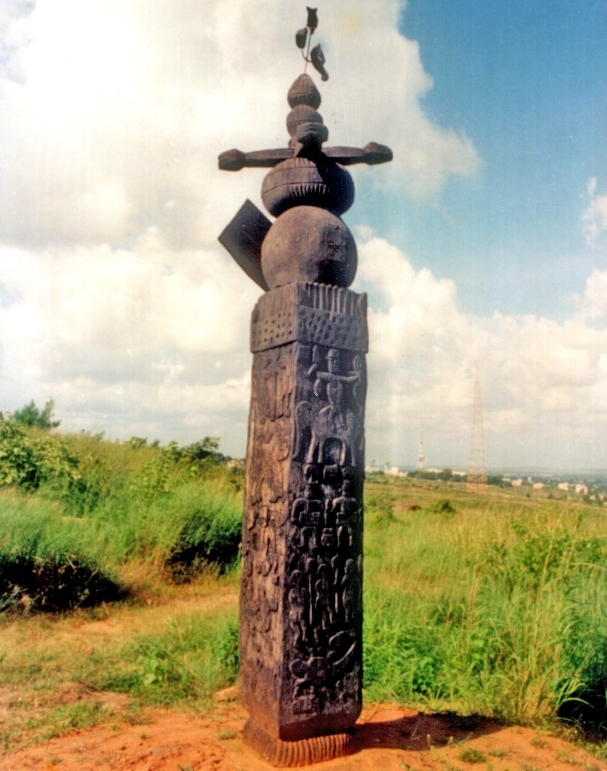“Munda’’ a memorial pillar of the Maria tribe is ‘Exhibit of the Week’ at IGRMS
Tuesday - June 30, 2020 2:10 pm ,
Category : BHOPAL

Bhopal, June 29: Due to spread of covid-19 pandemic the museums throughout the world are closed but identifying different innovative ways to remain connected to their visitors. Indira Gandhi Rashtriya Manav Sangrahalaya (IGRMS) has also taken up many new initiatives to face the challenges posed by this pandemic. In one such step it is coming up with a new series entitled ‘Exhibit of the Week’ to showcase its collection from all over India. Under this series, “Munda’’ a memorial pillar of the Maria tribe residing in Bastar, Chhattisgarh can be seen in the last week of this month. This object can be seen through the museum's website and Facebook .
Munda is a memorial pillar of Maria tribe living in Bastar, Chhattisgarh. Measuring about 12 feet in height it is carved out of a single rectangular log of teak wood. It is having beautiful carvings on each side. The topmost extension of the pillar is fashioned into the two small dome-like structures with crossed finial. One side of the pillar contains the images of birds and animals, on the next side agriculture and economic activities are shown with ploughing, load carrying scenes etc. The third side of the pillar contains marital and sexual life of the people, while the fourth one depicts the joy of festivals with figures representing dance forms and drummers.
The pillar has symbolic association with expressions of ethnic sentiments. It was erected in the memory of a political figure in a village of Bastar in 1962. Now such pillars have gradually been replaced by stone or concrete structures
.
Director Dr P.K. Mishra pointed out that the main objective of this series is to highlight the aesthetic features of traditional lifestyles, local knowledge and culture’s continuing relevance with modern society. – Window To News
